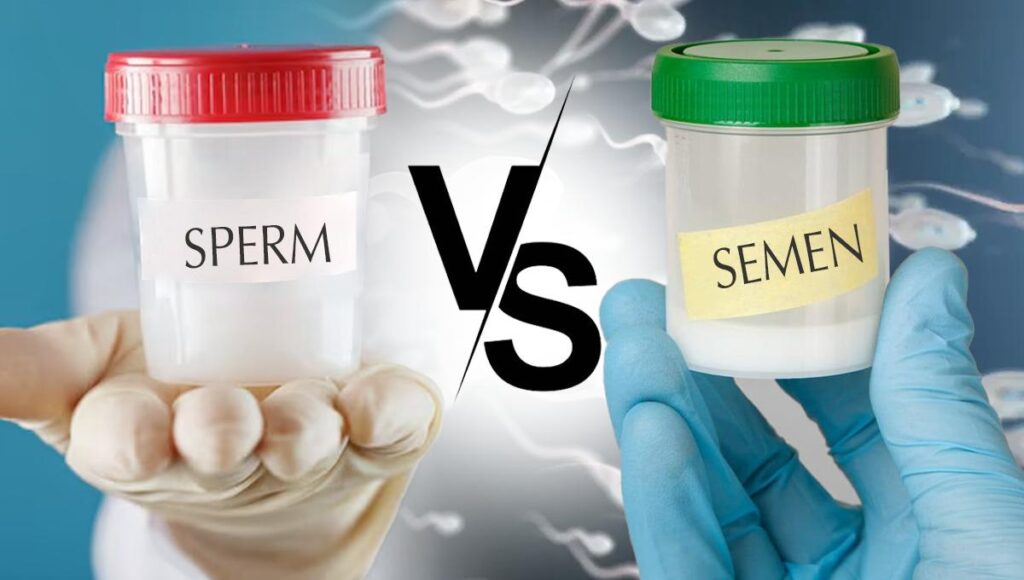Many people casually swap the words sperm and semen, but they’re not the same. Both are essential to reproduction, yet each plays a distinct role. Understanding the difference also helps explain why even a small amount of fluid (like pre‑ejaculate) can sometimes lead to pregnancy.
What is sperm?
Sperm (singular: spermatozoon) are the male reproductive cells that carry half the genetic blueprint needed to create a baby. Produced in the testes beginning at puberty, sperm production continues through adult life, though it may gradually decline with age. A single ejaculation can release tens to hundreds of millions of sperm; counts vary widely among individuals. Each sperm cell has a head (which carries the genetic material), a midpiece packed with energy‑supplying structures, and a long tail that propels it forward. Once outside the male body and inside the female reproductive tract, only a fraction survive; some can remain viable for several days in fertile cervical mucus, but many die sooner.
What is semen?
Semen is the fluid that’s ejaculated during orgasm. It’s a mixture: sperm cells suspended in seminal fluid produced mainly by the seminal vesicles and prostate gland, with smaller contributions from other glands. The seminal vesicles supply a fructose‑rich, alkaline fluid that helps nourish sperm and buffer the acidic vaginal environment. The prostate contributes a thinner, milky fluid that helps activate and protect sperm and adds important minerals. By volume, most of what’s ejaculated is fluid; sperm make up a relatively small percentage. A typical ejaculation ranges around 1.5–5 milliliters, though this too varies.
The journey after ejaculation
If semen is deposited in the vagina, sperm must travel roughly 15 centimeters to reach the fallopian tube where fertilization can occur. Fast swimmers may arrive within an hour; others take longer. Natural barriers in the female reproductive tract mean only a tiny fraction of the original sperm population ever get close to an egg.
Can pre‑ejaculate (pre‑cum) cause pregnancy?
Pre‑ejaculate is a clear lubricating fluid released from the bulbourethral (Cowper’s) glands during sexual arousal, before orgasm. It doesn’t typically contain large numbers of sperm, but pregnancy is still possible. Small numbers of sperm can be present if residual sperm remain in the urethra from a recent ejaculation or if a bit of semen leaks early. Because even a small number of motile sperm can, in rare cases, reach an egg, withdrawal (“pulling out”) is not a fully reliable method of birth control.

